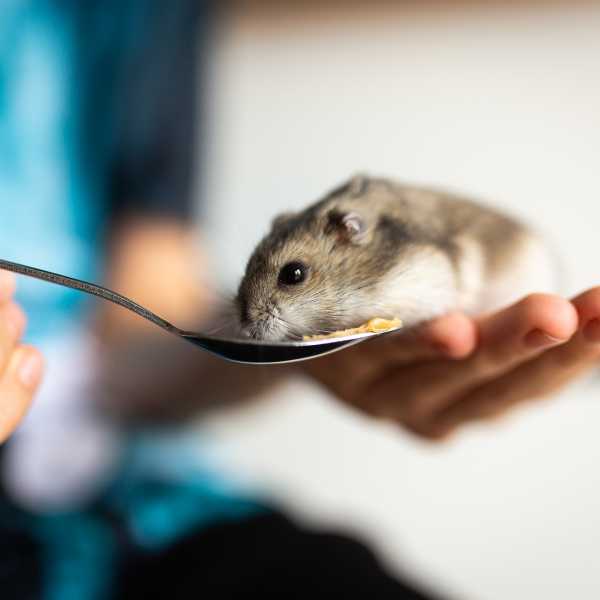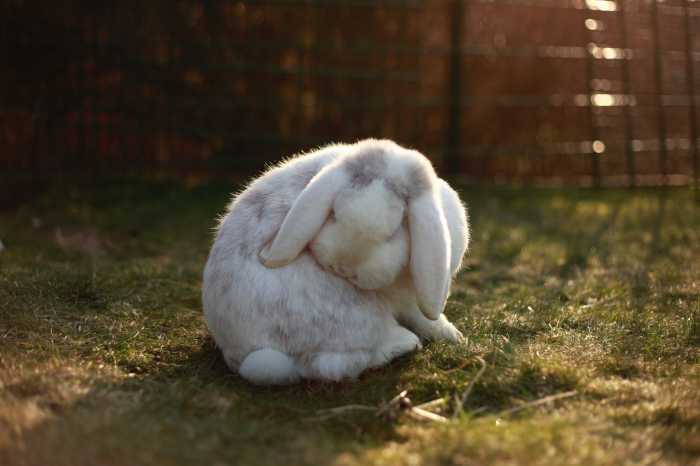
Pets Radar - How to care for a house rabbit: Seven essential tips from a vet
Posted on 2 June, 2021

Photo by Maxi on Unsplash
Written by Catherine Barnette DVM for Pets Radar
Although a house rabbit is a relatively easy pet to care for, they do require more than just occasional food and water. Rabbits have very specific dietary requirements and they require appropriate housing and exercise to maximize their quality of life. Ensuring that your rabbit has the best indoor rabbit hutch and the best rabbit run along with a good diet, training, and veterinary care can help to keep your bunny healthy, as well as improving the relationship that you share.
1. Set up an appropriately-sized, safe enclosure for your rabbit
While some house rabbit owners allow their rabbit free range of a rabbit-proofed room or other portion of their home, most people house their rabbits in a hutch or rabbit pen. It’s important to purchase a large enough cage that your rabbit has room to move around freely. A small rabbit (weighing less than 8 pounds) can be housed in a cage as small as 6 square feet, while most rabbits require at least 8 square feet of floor space.
Your rabbit’s cage should be located in a central area of the home, because rabbits are social animals and thrive with at least some degree of human contact. At the same time, it’s best to place the cage in an area that isn’t subjected to frequent loud noises or drafts. The goal is to provide socialization, not to increase your rabbit’s stress level!
2. Provide a high-quality diet, including a pelleted rabbit diet and fresh vegetables
Your rabbit’s diet should consist primarily of commercially-available rabbit pellets and fresh vegetables. Although young, growing rabbits may require larger quantities of rabbit pellets, adult rabbits are often prone to obesity and do best when fed just one to two tablespoons of pellets per day. For more advice read five do’s and don'ts’ of feeding rabbits correctly.
Green leafy vegetables, such as romaine lettuce, mustard greens, and bok choy, are good vegetable options for rabbits. These vegetables provide vitamins, minerals, and fiber. In general, vegetables with high sugar or starch levels (such as potatoes or carrots) should be avoided. When introducing any new vegetable, it’s best to introduce small quantities gradually, while monitoring for signs of diarrhea. It can take some time for rabbits to adjust to new foods, so feeding new vegetables in large quantities can lead to gastrointestinal upset.
3. Ensure that your rabbit has access to fresh hay at all times
In addition to high-quality rabbit pellets and fresh vegetables, your rabbit requires constant access to hay. In fact, your rabbit should eat approximately his or her body size in hay every day! Hay is probably the most important component of your rabbit’s diet. It not only provides fiber that is necessary for digestion, but also helps to keep your rabbit’s teeth worn down to a healthy length. Young, growing rabbits can have alfalfa hay, while adult rabbits do best with timothy or grass hay.
4. Rabbit-proof your home (or at least a portion of it)
Your rabbit should be let out of his or her cage for at least a few hours every day, in order to exercise. This means that you will need a safe area for your rabbit to be let out into. Crawl around your home, or the area in which you wish to confine your rabbit when he or she is out of the cage, and take a rabbit’s-eye view of any potential hazards.
Electrical cords present an electrocution risk if chewed (and rabbits love to chew!), so they should be thoroughly covered in plastic sleeves or tubing. Rabbits also tend to chew on baseboards, furniture, books, plants, and anything else they can find, so you may want to move objects to higher ground and/or cover anything that you don’t want to be chewed.
5. Train your rabbit to use a litter box.
Rabbits can be trained to use a litter box, both inside and outside of their cage. Using a litter box inside the cage will significantly cut down on the amount of time you spend cleaning your rabbit’s cage every day. Using a litter box when your rabbit is outside his or her cage can help preserve your carpets and other flooring!
Avoid clay-based or clumping litters that are designed for cats. Instead, use paper pellet litter or even shredded newspaper. Most rabbits will take to using a litter box rather readily. If not, you can place a few of your rabbit’s stool pellets in the litter box to help them get the message.
6. Be sure that your rabbit has plenty of toys and other enrichment
Part of responsible rabbit ownership is preventing boredom in your pet rabbits. There are many things you can do to help keep your rabbits engaged and entertained. Rabbits love to dig, so a tray filled with dirt or nontoxic sand can help your rabbit express that natural tendency. Rabbits love to chew, so clipping some nontoxic branches from your backyard can provide a safe and low-maintenance chew toy for your pet rabbit. Rabbits love to hide in burrows, so boxes with rabbit-sized openings can provide a place for your rabbit to rest or play. Rabbits love to jump and perch, so placing shelves around your home that your rabbit can use as perches can help increase your rabbit’s exercise and activity levels. Take a look at our list of the best rabbit toys for some more ideas.
7. Find a knowledgeable rabbit veterinarian
Like any other pet, rabbits require regular veterinary care. Your veterinarian is not only a resource to be used if your rabbit develops an illness. Instead, your veterinarian should see your rabbit for routine wellness visits, to monitor your rabbit’s overall health, assess the need for dental care, and monitor your rabbit’s diet and general care.
The payoff for these efforts is worth it
While providing proper care for a house rabbit may sound a bit overwhelming, it’s important to think about everything that these pets can provide you in return for your efforts. Little rabbits have big personalities, bonding closely with their owners and providing steady companionship.
To read the original article, please visit: www.petsradar.com/advice/how-to-care-for-a-house-rabbit-seven-essential-tips-from-a-vet
Tags:



